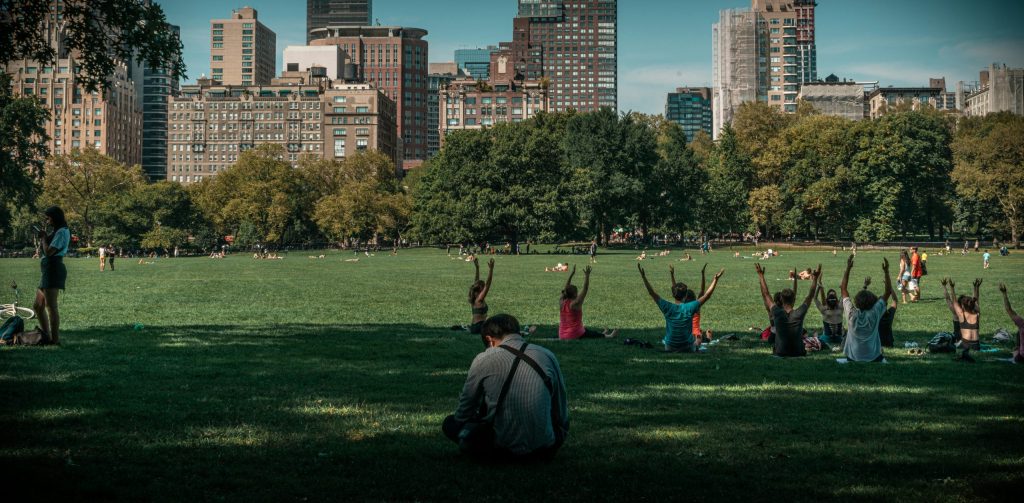
Over the past months, we have been exploring a crucial question: What makes a city truly livable? This question isn’t just on our minds, it’s on the minds of city governments, officials, researchers, and most importantly, citizens across the globe. From bustling metropolises to quieter towns, the concept of “livability” concerns everyone. But improving the quality of life in cities isn’t just about making them more attractive; it’s about ensuring that the quality of life is sustainable in the long term.
Despite the universal nature of this topic, discussion about livable cities can quickly become contentious and politically charged. At its core, livability often boils down to factors like convenience, accessibility, enjoyment, safety and comfort. However, these are subjective measures, and what makes one person’s life more livable may not hold the same value for someone else. This clash of needs and expectations creates tension, making it difficult to develop a shared vision of how we want to live.
Improving the livability of our cities, and maintaining these improvements over time, inevitably requires change and change is often uncomfortable. It transforms the status quo and challenges existing ways of life. Take, for example, the ongoing debates in cities around the world over whether to allocate more space for cars or bicycles. What may seem like a simple infrastructure change can spark fierce debates, as people on different sides of the issue fight for their vision of the city. One group may see a new bike lane as a crucial step toward a more sustainable, people-friendly environment, while another sees it as a direct threat to their ability to park or drive smoothly.
This resistance to change often stems from fear of the unknown. We become attached to what we’re used to, and anything that threatens that comfort is seen as risky. But when people have the chance to experience new settings, they often realize that these changes bring unexpected benefits. However, this is not where one should stop, change becomes truly meaningful when people are not only heard but also actively involved in trying out and shaping new ways of living together. It’s through experience that skepticism can turn into support, and ideas can take root. The following examples show how cities around the world are doing just that.
Take Bogotá, where every Sunday since the 1970s, streets are handed over to the people. During Ciclovía, over 120 kilometers of roads are closed to motorized traffic and open to cyclists, walkers, skaters, and families. With nearly 1.7 million weekly participants, Ciclovía has become more than a mobility initiative, it’s a cultural institution that reclaims public space in favor of communal life as well as an ecosystem for small businesses such as bicycle repair shops or food trucks.
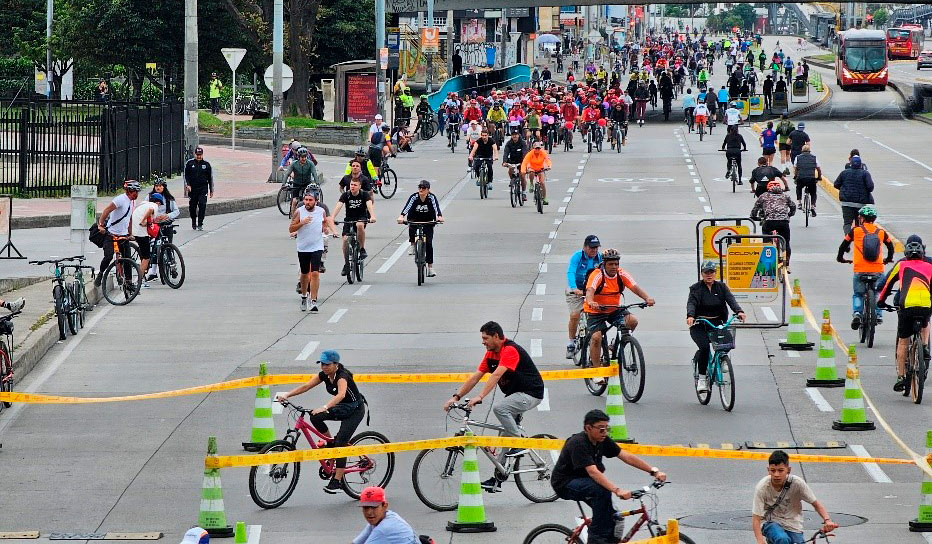
This kind of cultural shift takes time. In Paris, a decades-long investment in bike lanes, green spaces, and public transit gradually shifted attitudes. In March 2025, Parisians voted in favor of gradually closing 500 streets to car traffic to make room for pedestrians, cyclists, and green spaces. The effort spans all 20 arrondissements, with locals being consulted to determine which streets would be most suitable. This transformation didn’t happen overnight. For years, the city has invested in cycling infrastructure, public transport, and urban greening. Each step has helped reframe the conversation, until bold became normal. Today, Parisians enjoy quieter neighborhoods, cleaner air, and a more human-scale urban experience. Car use has declined sharply, especially in the inner city, while cycling has surged. Experts estimate that the “vegetalization” strategy by Paris’s social democratic mayor Hidalgo is already paying off by reducing temperatures in the affected neighborhoods by 1 to 4 degrees Celsius.

But transformation isn’t only about mobility, it’s also about social exchange and integration. In Nice, a simple idea to combat senior isolation and malnutrition grew into a city-wide social dining project. Launched in 2023, “Algeria” provides nutritious three-course meals for just 3€, served in community restaurants by student volunteers. The initiative not only supports older residents economically, but also forges intergenerational bonds, a vital aspect of livability often overlooked in traditional urban planning. Given that around 30% of the population in Nice are over 60, the project turned out to be a great success. By early 2025, the program has expanded to multiple locations and served over 10.000 meals, showing how food can be a powerful vehicle for social care and community-building.
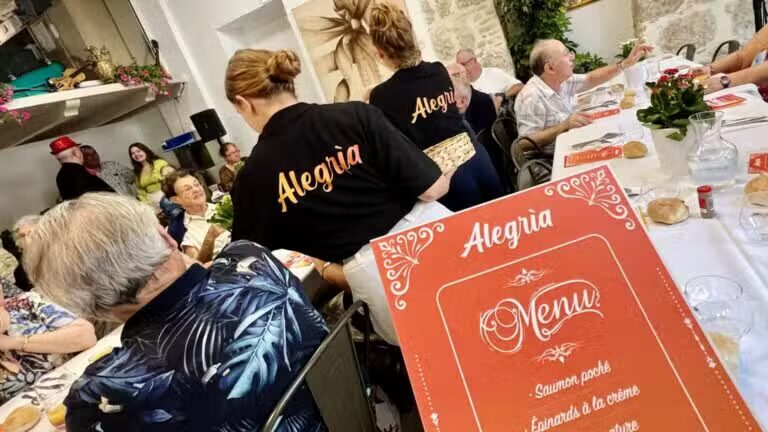
While some people are connected over a shared meal, others come together through play and movement. In Vienna, the grassroots association “Umdi Tischtenniskultur Wien” blends sport, public space and culture - all through table tennis. Founded to promote ping pong in parks across the city, the group organizes everything from casual meetups to HD-streamed tournaments and training sessions specifically for FLINTA (Female, Lesbian, Intersex, Non-binary, Trans, Agender) communities. Their playful yet purposeful programming helps activate overlooked spaces and fosters social exchange among groups who normally rarely interact. It’s a joyful example of how low-barrier activities can strengthen democratic life and make parks more inclusive.
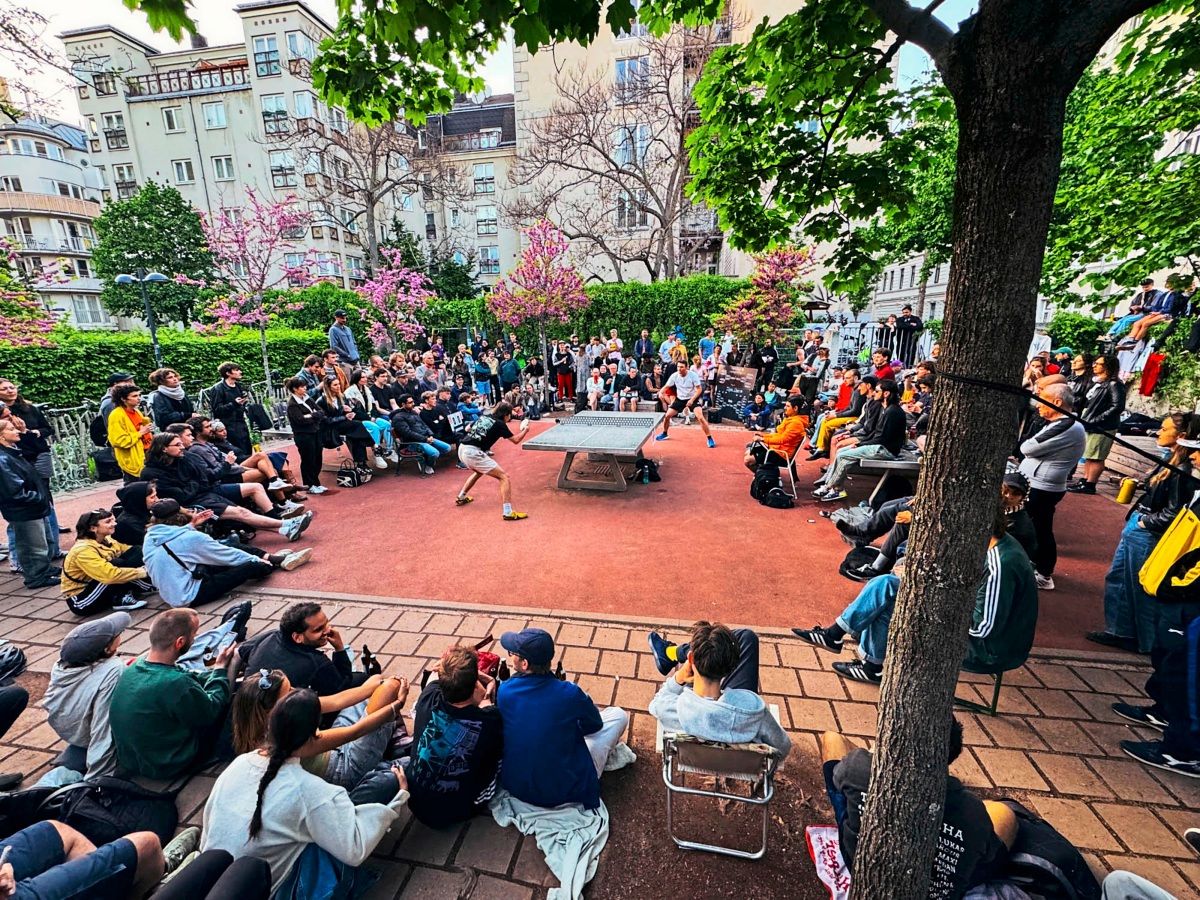
Livability is also shaped by how we experience public space. Take the example of simple street corners. They are anchors of blocks and the places where people from every direction meet and cross paths. However, designing for cars turned many street corners into lifeless and sometimes even dangerous intersections. Buenos Aires is a flagship example for its lively street corners. Intersections are intentionally designed as public spaces. Simple means like raising streets to the same level as sidewalks and corners, elicit the impression of moving around in a “shared” space. The facades are colorfully designed and invite passers-by to enter the shops or restaurants through their entrances to the corner buildings. It’s a great example of how urban design, even in subtle forms, can nudge behavior, encourage spontaneous social interactions and foster a sense of place.
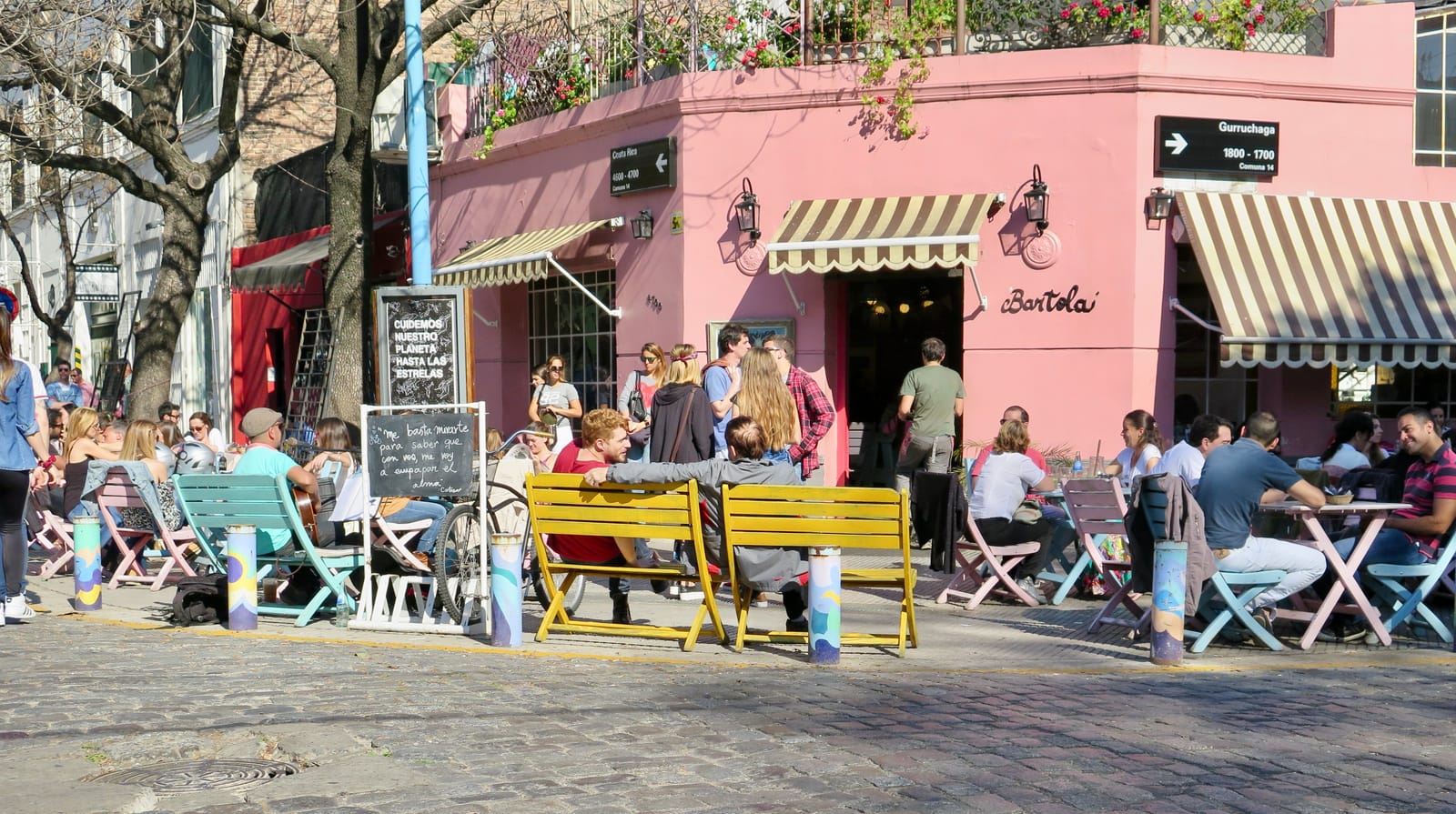
From senior meals to shared street corners, from table tennis tournaments to Sunday street closures, each of the projects we have explored offers a glimpse into how livability can take shape. They remind us that a livable city isn’t a fixed outcome or a one-size-fits-all formula. It’s a mosaic of experiments, values, and evolving relationships between people and places.
Cities are complex ecosystems, socially, politically, and economically. Rather than prescribing a universal path toward livability, we have learned to embrace the opposite: multiple, overlapping paths shaped by local realities. In our work with cities, we often remind ourselves and our partners that true transformation takes time. It’s not about the bold disruption, but about creating spaces for new ways of co-living to emerge - step by step, street by street.
In a time where quick fix “chainsaw” solutions are widely promoted, it is important to remember that value of slowing down. People need time not just to be included in the change process, but to experience change, reflect on it, and adapt with it. Livability grows stronger when citizens can try out the future such as in temporary or small-scale ways.
Based on our experience, we want to offer three guiding principles for anyone working to make their city more livable, whether you are a local politician, an activist, a city planner, or a citizen with an idea:
As we share these stories, we hope to spark new ideas: What would make your city more livable? What small changes could open the door to big transformations? What already works? And how might a small action today pave the way for a more livable tomorrow?
Let’s continue the conversation, not just about what’s possible, but about what’s already working.
Feature Image: Urban Park
Photo 1: Ciclovía Bogota
Photo 2: Car-free Paris
Photo 3: Alegria Restaurant Nice
Photo 4: Table Tennis Association "Umdi Tischtenniskultur"
Photo 5: Active Street Corners in Buenos Aires
Register and receive special insights into the latest developments.
Innovation is a term that is currently on everyone's lips. In most cases, it is used in a rather inflationary or unreflected manner. There are also many different definitions and approaches in the literature. In order to achieve clarity about the broad concept of innovation and a uniform meaning, we provide a brief overview and […]